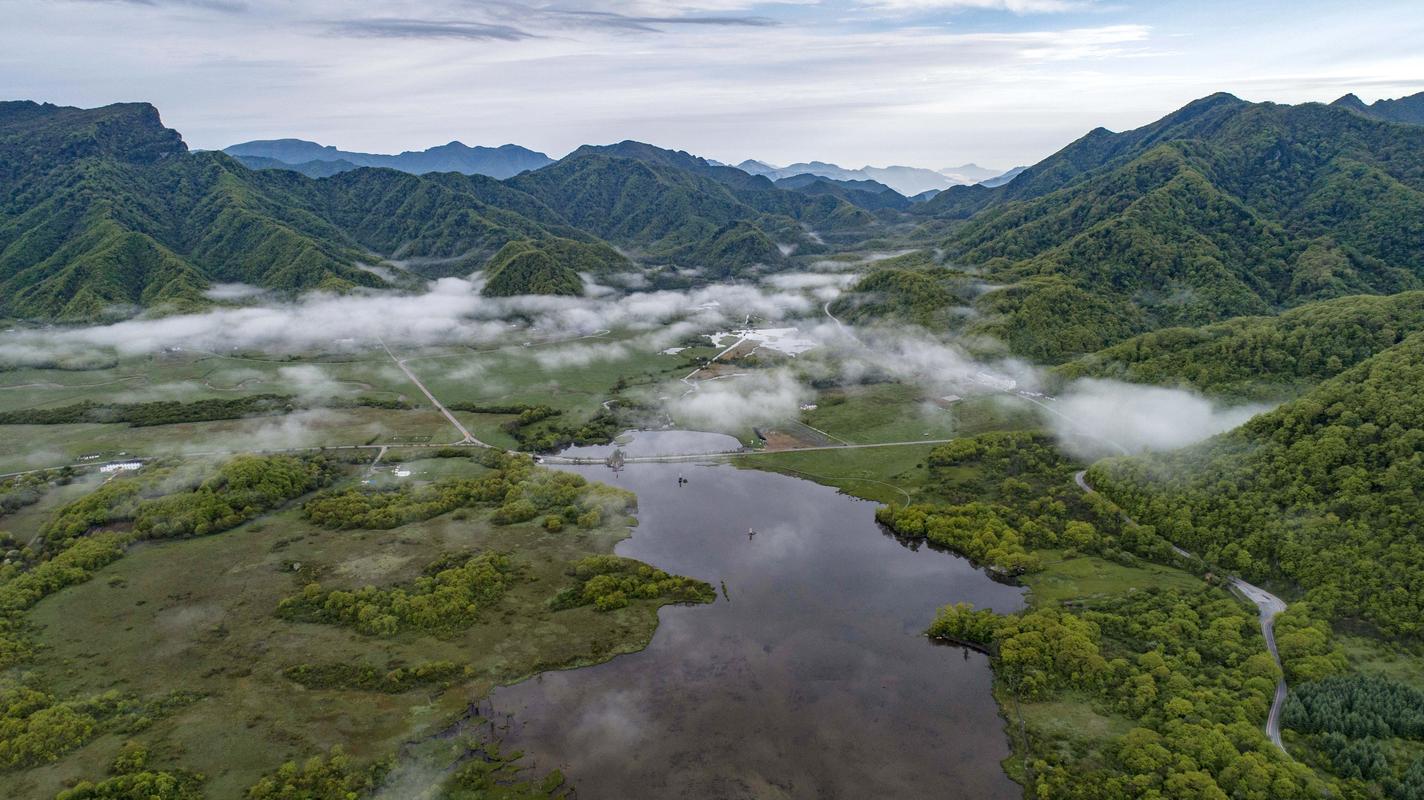The intersection of disability and diversity presents both challenges and opportunities that require attention and understanding. Disability itself is a diverse category that includes physical, mental, and cognitive impairments. It is estimated that around 15% of the world’s population has some form of disability, making it an integral part of diversity.
At the same time, disability intersects with other forms of diversity such as race, gender, sexual orientation, and socio-economic status. People with disabilities from different backgrounds face unique and often amplified barriers that limit their opportunities and experiences. For instance, women with disabilities experience higher rates of gender-based violence, while people of color with disabilities are more likely to face discrimination in healthcare and education.
One of the most significant challenges at the intersection of disability and diversity is the lack of representation and visibility. Both disability and diversity are underrepresented in many realms of society, including media, education, and politics. This invisibility perpetuates the marginalization of disabled people and limits the understanding of the experiences and contributions of disabled individuals.
The lack of representation also affects the resources and support available for disabled individuals. Disability-related issues often receive less attention and funding than other forms of diversity, leading to unequal access to services and opportunities. For example, accessible transportation, healthcare, and education are often scarce or inadequate, disproportionately affecting people with disabilities.
Despite these challenges, the intersection of disability and diversity presents opportunities for growth, innovation, and inclusivity. Disabled individuals bring unique perspectives, skills, and experiences to the table, adding to the diversity of any community or workplace. By embracing disability as a part of diversity, we can create more inclusive and equitable environments that benefit everyone.
One way to promote this intersection is by increasing representation and visibility of disabled individuals in all areas of society. This includes media representation, recruiting and hiring disabled professionals, and including disabled perspectives in decision-making processes. By doing so, we can break down stereotypes and promote understanding and empathy towards disabled individuals.
Another opportunity is to prioritize accessibility in all aspects of life. Making sure that all public spaces, education, transportation, and technology is accessible is important to making sure that people with disabilities can lead their lives with dignity.
In conclusion, the intersection of disability and diversity presents both challenges and opportunities that require attention. The lack of representation and visibility of disabled individuals fuels marginalization, but embracing disability as a part of diversity can lead to more inclusive and equitable environments. By prioritizing accessibility and increasing representation, we can create a world where disabled people are respected, valued, and fully included in all aspects of society.
(Note: Do you have knowledge or insights to share? Unlock new opportunities and expand your reach by joining our authors team. Click Registration to join us and share your expertise with our readers.)
Speech tips:
Please note that any statements involving politics will not be approved.
